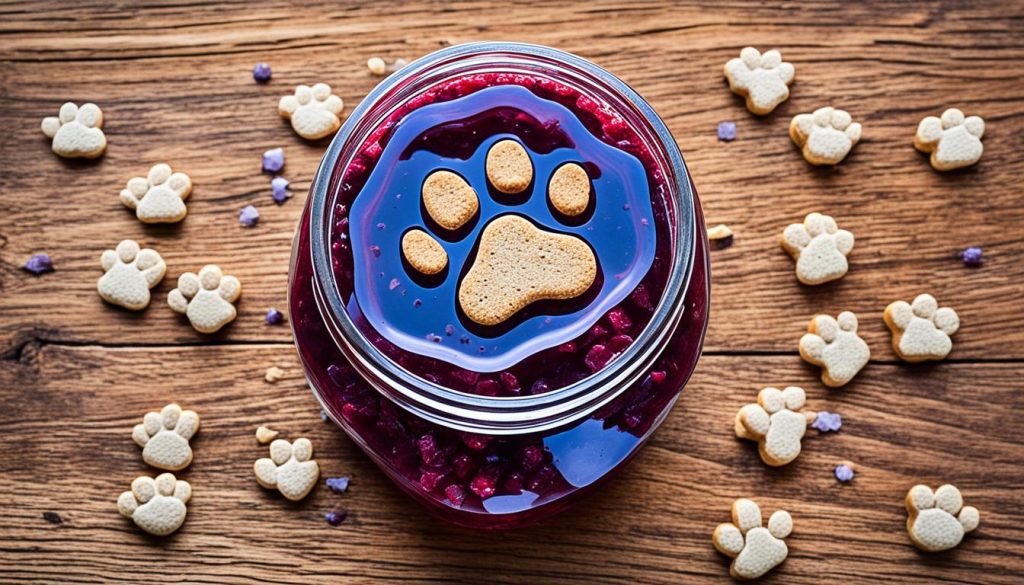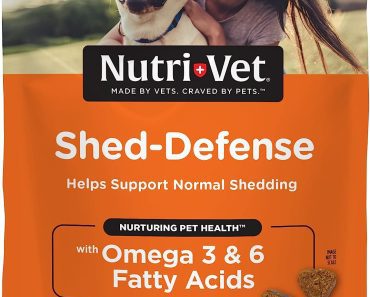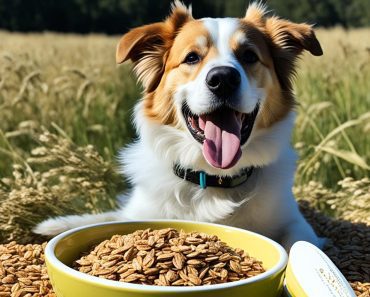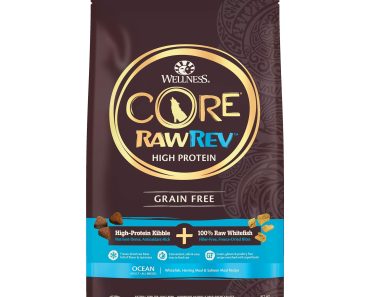Hi there, I’m here to address an important question that many dog owners have: Can dogs eat jelly? As a responsible pet owner and a passionate advocate for canine health, I believe it is crucial to provide accurate information and guidance to ensure the well-being of our furry friends. So, let’s dive into the topic of jelly and its safety for dogs.
When it comes to jelly, it’s important to note that it is not a recommended treat for dogs. While it may be tempting to share a dollop of jelly with your canine companion, it’s essential to prioritize their health and make informed choices about their diet.
Jelly typically contains high amounts of sugar and artificial ingredients that can be potentially harmful to dogs. These ingredients can cause various health issues such as digestive problems, obesity, and even diabetes. Therefore, it is best to avoid feeding jelly to your beloved pet.
Can Dogs Eat Jelly? Yes, they can. But it is best avoided.
- Feeding jelly to dogs can be potentially harmful due to high sugar content and artificial ingredients.
- Jelly can cause digestive issues, obesity, and increase the risk of diabetes in dogs.
- It is best to choose safe and healthy alternatives like natural peanut butter and homemade dog-friendly treats.
- Consult with your veterinarian to ensure your dog’s dietary needs are met and to ensure their overall health and well-being.
- If you decide to give your dog a small amount of jelly as an occasional treat, choose a jelly without artificial sweeteners like xylitol.
The Dangers of Jelly for Dogs
Jelly may seem like a harmless treat, but it can actually pose several health risks for dogs. As a responsible pet owner, it’s essential to be aware of these risks and take necessary precautions to keep your furry friend safe.
One of the main concerns with jelly is its high sugar content. Dogs don’t metabolize sugar the same way humans do, and excessive sugar consumption can lead to various health issues. It can contribute to weight gain, tooth decay, and an increased risk of diabetes in dogs.
Moreover, jelly often contains artificial ingredients that can be problematic for dogs’ digestive systems. These additives can cause digestive issues such as diarrhea and an upset stomach. It’s crucial to prioritize your dog’s digestive health by avoiding foods that may trigger these problems.
To ensure the well-being of your canine companion, it’s best to keep jelly out of their reach. Don’t leave jars of jelly unattended or accidentally drop scraps on the floor where your dog can access them. Maintaining control over what your dog consumes is key to preventing potential health problems.
Alternatives to Jelly for Dogs
Instead of feeding your dog jelly, there are several safe and healthy alternatives you can offer as treats.
- Natural Peanut Butter: A spoonful of natural peanut butter (without xylitol) can be a delicious and nutritious treat for your furry friend.
- Fruits: Apples and bananas are great options that dogs can enjoy. Just make sure to remove any seeds, stems, or skins that could be harmful to your dog.
- Homemade Dog-Friendly Treats: You can get creative and make your own dog-friendly treats using ingredients like pumpkin and sweet potato. These homemade treats are a tasty and wholesome alternative to jelly.
These alternatives not only provide a variety of flavors for your dog but also offer essential nutrients. Remember to always introduce new treats gradually and in moderation to ensure your dog’s digestive system adjusts comfortably.

Jelly in Your Dog’s Diet
Jelly may be a tasty treat for humans, but it is not suitable for regular consumption by dogs. While certain types of jelly may offer some nutritional benefits, it is not essential for your dog’s overall health. Dogs have unique dietary needs that differ from humans, and their diet should primarily consist of a balanced dog food that fulfills their nutritional requirements. Feeding jelly to your dog as a regular part of their diet may lead to potential health issues.
When considering your dog’s diet, it is crucial to consult with your trusted veterinarian. They can provide expert advice and help you determine the best diet plan for your furry friend. Veterinarians consider various factors such as your dog’s age, breed, size, activity level, and specific health conditions. They can guide you towards selecting a dog food that meets all the necessary nutritional requirements to ensure your dog’s well-being.
While certain types of jelly may have limited health benefits, it is essential to remember that dogs have evolved to thrive on a different diet compared to humans. They require specific nutrients that are uniquely tailored to their physiology. A balanced dog food that contains the right amounts of protein, carbohydrates, fats, vitamins, and minerals is the foundation of a healthy and nutritious diet for your dog.
Feeding jelly to your dog in large quantities or as a primary source of nutrition could potentially lead to imbalances in their diet and deficiencies in essential nutrients. It is always best to prioritize a high-quality, commercially prepared dog food and consult with your veterinarian before introducing any new food items into your dog’s diet.
Homemade Jelly for Dogs
While it is generally recommended to avoid feeding jelly to dogs, you can make homemade jelly specifically formulated for dogs. Homemade jelly can be a fun and tasty treat for your furry friend, made with natural and dog-friendly ingredients.
To create homemade jelly for your dog, start with a base of gelatin, which provides a jiggly texture without the need for artificial additives. Gelatin is safe for dogs and can even have some health benefits such as supporting joint health.
You can customize your homemade jelly by adding flavorful ingredients that are safe for dogs, such as bone broth. Not only does bone broth add extra flavor, but it also provides essential nutrients like protein and collagen.
Incorporating pureed fruits into your homemade jelly can add a touch of sweetness while providing additional vitamins and antioxidants. Just make sure to avoid fruits that are toxic to dogs, like grapes and raisins.
When making homemade jelly for dogs, it is essential to control the ingredients and portion sizes. While homemade jelly can be a safe and healthy treat for dogs, it should still be fed in moderation and as a special reward rather than a regular part of their diet.
Remember, every dog is unique, and it’s always a good idea to consult with your veterinarian before introducing homemade jelly or any new homemade treats into your dog’s diet. They can provide guidance and ensure that the homemade jelly is suitable for your dog’s specific needs.
So, if you’re looking for a fun and DIY treat for your furry friend, try making homemade jelly for dogs. It’s a delicious way to spoil your pet while keeping their health and well-being in mind.

Expert Tips for Feeding Dogs Jelly Safely
If you do decide to give your dog a small amount of jelly as an occasional treat, it is important to follow these expert tips to ensure your dog’s health and safety.
- Choose a jelly that does not contain any artificial sweeteners like xylitol, which is toxic to dogs.
- Feed jelly in small portions to avoid overwhelming your dog’s digestive system.
- Monitor your dog for any adverse reactions after feeding them jelly. Look for signs of digestive issues or unusual behavior.
- If you notice any digestive issues or unusual behavior, discontinue feeding jelly to your dog and consult with your veterinarian.
By following these tips, you can enjoy treating your dog with a small amount of jelly while ensuring their health and safety. Remember, moderation is key when it comes to feeding dogs jelly or any other human food.
Conclusion
It is best to avoid feeding jelly to your dog due to the potential health risks associated with its high sugar content and artificial ingredients. Dogs should have a balanced and nutritious diet that meets their specific nutritional needs. Feeding them jelly can lead to digestive issues, obesity, and other health problems.
Instead of jelly, opt for safe and healthy alternatives like natural peanut butter, fruits like apples and bananas, or homemade dog-friendly treats made from wholesome ingredients. These options provide your furry friend with tasty and nutritious treats without the potential risks of jelly.
Always consult with your veterinarian about your dog’s dietary needs and to ensure their overall health and well-being. They can provide guidance on the best nutrition plan for your dog, taking into consideration their age, breed, and any specific health conditions. By making informed choices and prioritizing your dog’s health, you can keep your canine companion happy and thriving.






